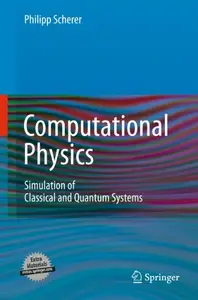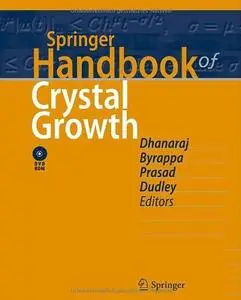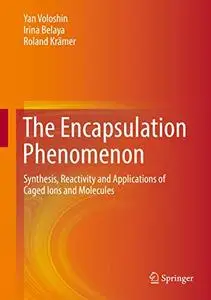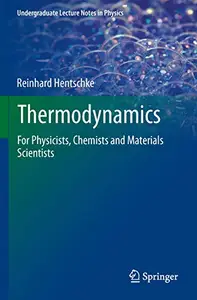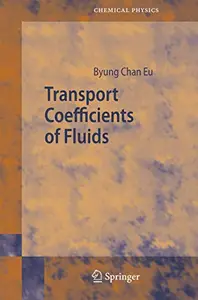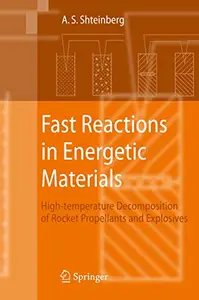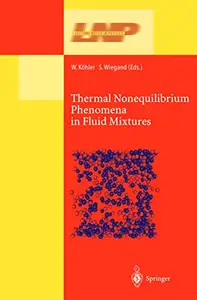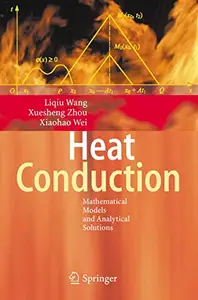Springer Handbook of Crystal Growth by Govindhan Dhanaraj, Kullaiah Byrappa, Vishwanath Prasad, Michael DudleyEnglish | PDF | 2010 | 1822 Pages | ISBN : 3540741828 | 257.6 MB
Over the years, many successful attempts have been chapters in this part describe the well-known processes made to describe the art and science of crystal growth, such as Czochralski, Kyropoulos, Bridgman, and o- and many review articles, monographs, symposium v- ing zone, and focus speci cally on recent advances in umes, and handbooks have been published to present improving these methodologies such as application of comprehensive reviews of the advances made in this magnetic elds, orientation of the growth axis, intro- eld. These publications are testament to the grow- duction of a pedestal, and shaped growth. They also ing interest in both bulk and thin- lm crystals because cover a wide range of materials from silicon and III–V of their electronic, optical, mechanical, microstructural, compounds to oxides and uorides. and other properties, and their diverse scienti c and The third part, Part C of the book, focuses on - technological applications. Indeed, most modern ad- lution growth. The various aspects of hydrothermal vances in semiconductor and optical devices would growth are discussed in two chapters, while three other not have been possible without the development of chapters present an overview of the nonlinear and laser many elemental, binary, ternary, and other compound crystals, KTP and KDP.


